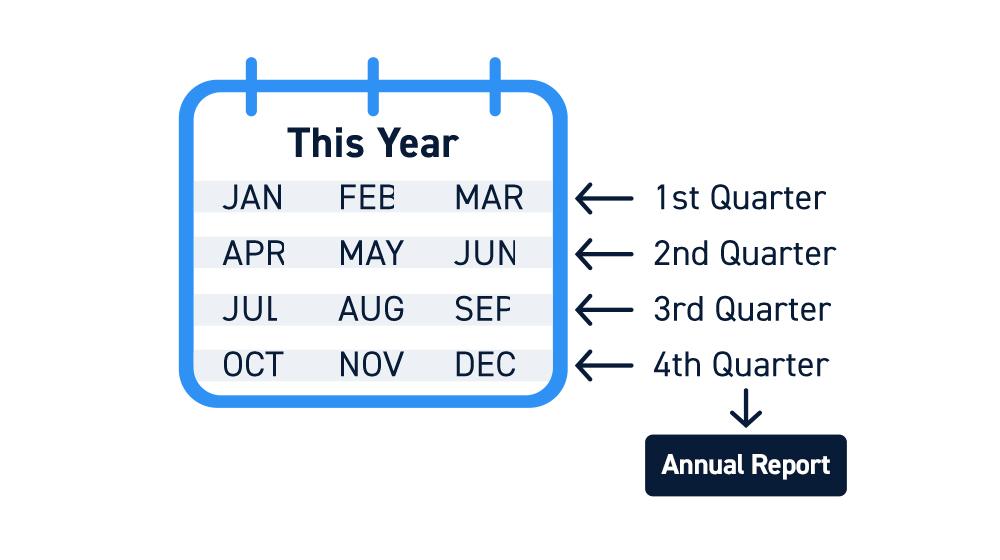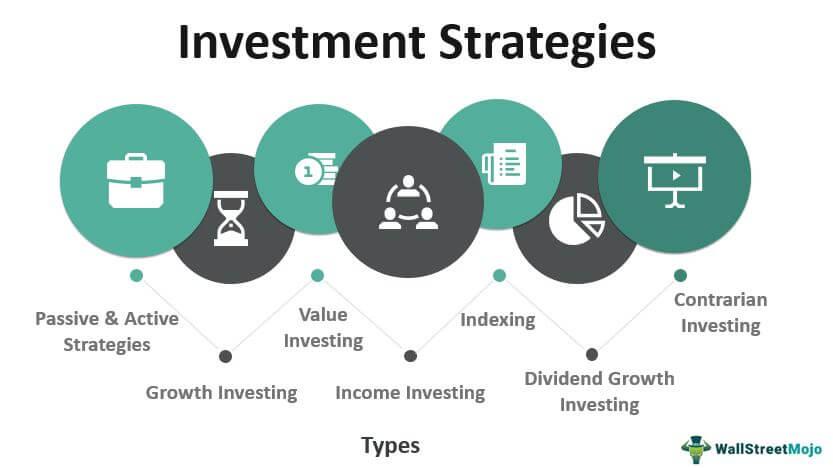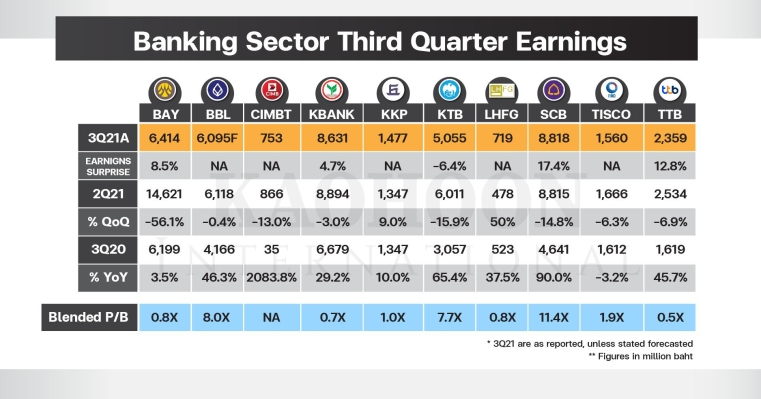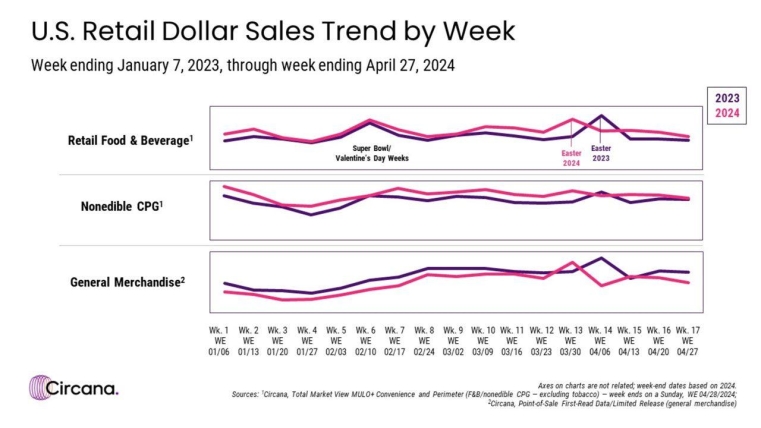Navigating the Aftershocks of Banking Turmoil
As the dust settles from the recent banking upheaval, investors are now faced with the challenge of interpreting bank earnings reports through a lens clouded by uncertainty. These financial disclosures offer a mixed bag of signals; some institutions have emerged resilient, reporting better-than-expected profits while others reveal cracks in their operational framework. Key metrics, including loan growth and net interest margins, are under scrutiny, prompting analysts to ask essential questions about the future of the banking sector. The impact of interest rate decisions and regulatory changes also loom large, adding layers of complexity to an already intricate narrative.
In this climate, it is crucial for market players to focus on a few salient points that may shape the road ahead:
- Risk Assessment: A deeper evaluation of asset quality and credit risk among institutions is imperative.
- Regulatory Environment: Changes in rules that govern the banking landscape could significantly affect profitability and operational strategies.
- Investor Sentiment: Market reactions to earnings reports may indicate broader confidence or apprehension regarding systemic stability.
As the financial community digests these earnings, the ensuing market response could either pave the way for recovery or highlight vulnerabilities that need addressing. Observers will need to stay nimble, keeping an eye on both macroeconomic trends and sector-specific developments as the situation unfolds.

Key Takeaways from Recent Earnings Reports
The latest earnings reports from major banks have painted a mixed picture, reflecting the underlying turbulence in the financial sector. While some institutions have managed to maintain stable earnings, others are grappling with the impacts of rising interest rates and shifting consumer behaviors. Key highlights from these reports include:
- Robust Net Interest Margins: Several banks reported increased margins, benefiting from higher interest rates, which has bolstered their profitability.
- Loan Growth Trends: Many banks are experiencing varied demand for loans, with some sectors, such as commercial real estate, showing signs of weakness.
- Strengthened Capital Positions: A number of banks emphasized their commitment to maintaining strong capital levels, providing a buffer against potential market fluctuations.
On the flip side, certain banks revealed rising concerns about credit quality, reflecting potential challenges ahead. Analysts noted that while the overall market sentiment has improved, some distinct trends have emerged:
- Increased Loan Loss Provisions: As defaults rise, banks have begun to set aside more capital to prepare for potential losses, indicating a cautious approach to future lending.
- Cost-Cutting Measures: Many institutions are implementing strategies to reduce operational expenses in an effort to maintain profitability amid tightening margins.
- Focus on Digital Transformation: A clear shift towards enhancing digital services is noted, as banks aim to attract tech-savvy customers and streamline operations.

Investment Strategies in a Shifting Financial Landscape
In the wake of recent volatility, investors are re-evaluating their approaches and embracing new strategies that align with the emerging economic realities. With bank earnings now in focus, it’s essential to recognize how shifts in financial institutions may influence broader market sentiment. As investors digest the figures released from key players in the banking sector, consider these potential avenues for your portfolio:
- Diversification across sectors: Explore opportunities in sectors poised for growth despite economic uncertainty, such as technology, healthcare, and renewable energy.
- Incorporating defensive positions: Shift some of your capital towards defensives like consumer staples and utilities, which tend to offer stability during market upheaval.
- Leveraging alternative investments: Look beyond traditional stocks and bonds by considering real estate, commodities, or private equity.
- Staying informed on macroeconomic trends: Keep a close eye on interest rates, inflation, and fiscal policies that may impact investment performance.
Furthermore, taking a more proactive stance can yield substantial benefits. Investors should not shy away from employing modern strategies such as systematic rebalancing or dollar-cost averaging, which can mitigate risks during turbulent times. Carefully analyzing the implications of bank earnings while maintaining flexibility in your investment strategy can help navigate a continually evolving landscape. Here are some recommended tactical adjustments:
- Adjust timing of entry: Consider market conditions before making significant moves; sometimes waiting for a correction can offer better entry points.
- Focus on quality: Prioritize companies with strong fundamentals, robust balance sheets, and a history of resilience.
- Engage in global diversification: Invest in international markets to spread risk and capture growth opportunities in emerging economies.

Assessing Risks and Opportunities in the Current Market
The recent turbulence in the banking sector has prompted investors to reevaluate their strategies, weighing the potential risks against the emerging opportunities. As markets digest the latest bank earnings reports, several key factors come into play:
- Regulatory Impacts: Increased scrutiny from financial regulators could shape the operational landscape for banks, leading to more robust practices but also potential constraints on profitability.
- Interest Rate Trends: Fluctuations in interest rates may influence lending and savings behaviors, creating both challenges and prospects for financial institutions.
- Consumer Sentiment: The mood of consumers can dramatically affect bank performance, opening avenues for growth in certain sectors while constraining others.
While uncertainty looms over the banking sector, certain opportunities may arise, particularly for investors keen on identifying undervalued assets. Key considerations include:
- Market Consolidation: A potential wave of mergers and acquisitions could reshape the competitive landscape, presenting strategic entry points for savvy investors.
- Technological Advances: Banks increasing their investment in fintech solutions may yield long-term efficiencies and customer satisfaction, creating compelling targets for investment.
- Emerging Markets: Expanding into less saturated regions might offer higher growth rates and diversification benefits, especially for banks looking to mitigate domestic risks.
As the dust settles in the wake of recent banking turbulence, market participants are left to sift through a wealth of earnings reports that reveal the underlying strength and vulnerabilities of financial institutions. With eyes keenly fixed on balance sheets and forecasts, investors must navigate this evolving landscape, weighing the implications of both stellar performance and cautionary tales. As we look forward, the interweaving narratives of resilience and risk will continue to shape the discourse on economic recovery and investor sentiment. Only time will tell how this latest chapter in the banking saga influences the broader market dynamics, but as always, informed vigilance remains key in the quest for opportunity amidst uncertainty. Keep your portfolios tuned and your strategies agile; in an ever-evolving landscape, adaptation is the name of the game.





